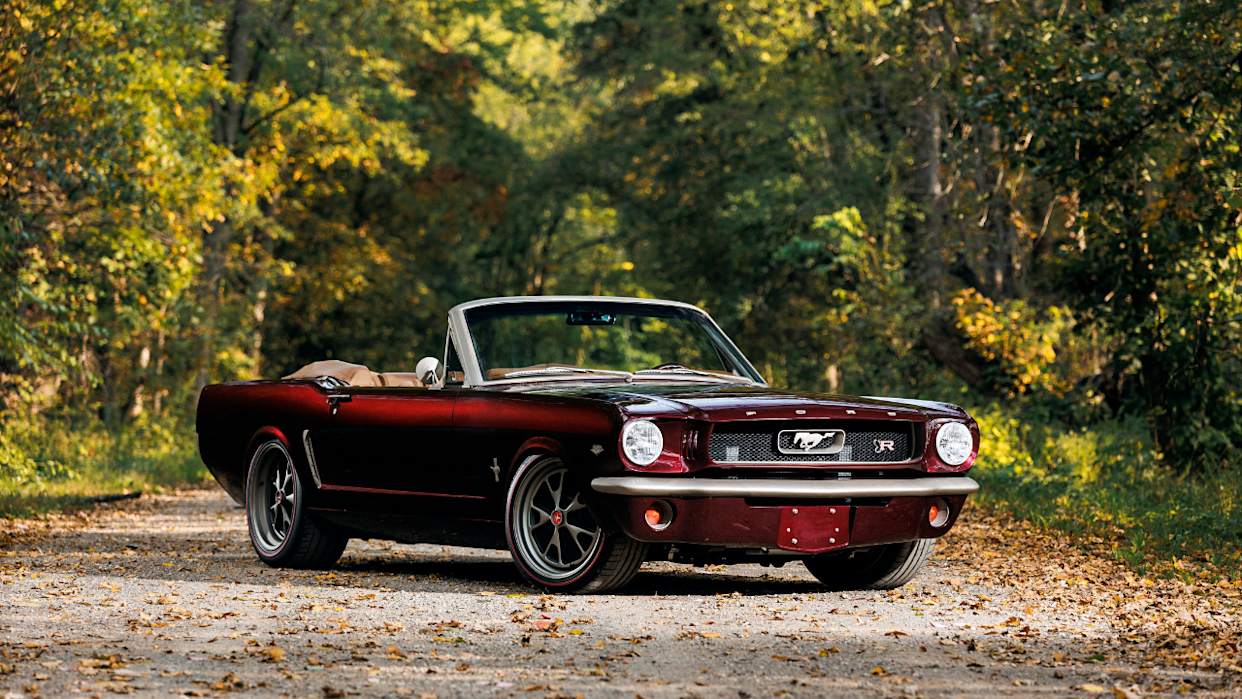
When it comes to modern cars, I’m usually team coupe. They look better, handle sharper, and cost less. If I want the wind-in-my-hair feeling, a T-top or targa gets me there without the drawbacks. Classics? That’s a whole different story.
With vintage metal, the drop-top transforms everything. Sure, they’re more work, cracked tops, worn seals, maybe a little extra rust, but the payoff is pure magic. Drop the roof, and suddenly you’re not just driving. You’re cruising. You’re making an entrance.
These cars turn Friday night parking lots into car shows and everyday roads into memory lanes. So if you’re hunting for inspiration for your next “new to you” ride or just here to relive the good old days, these are the drop-tops that bring the swagger and the smiles. The kind of cars that don’t just show up. They stand out on any road.
Chevrolet Camaro RS
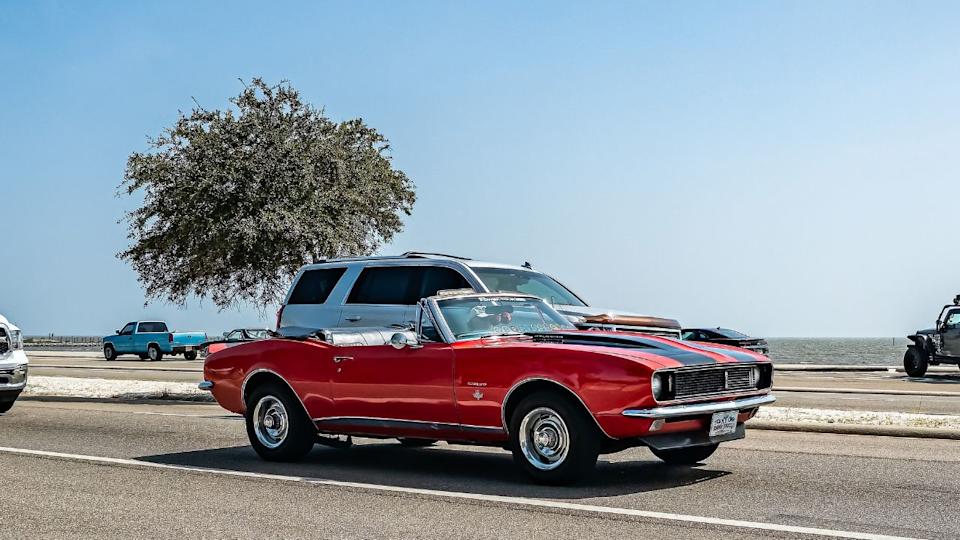
The 1969 Chevrolet Camaro RS arrived with purpose and presence. The RS package brought hidden headlights that stayed sealed until ignition, giving the front end a mysterious, almost predatory look. When those doors snapped open to reveal the quad lamps, it was like pulling back the curtain on a performance that was just getting started.
The '69 Camaro’s one-year-only body design made it instantly iconic. Every crease and curve was tight and athletic, built for motion. Top down, it moved with a perfect mix of attitude and grace. It captured the energy of rebellion and long summer nights, always looking like it belonged on the cover of a magazine or halfway through a burnout.
Ford Mustang

The 1965 Ford Mustang convertible was a symbol of freedom, style, and American optimism. Launched just a year after the revolutionary 1964½ fastback, it helped cement the Mustang’s place as a true cultural icon.
It had just enough power to back up its attitude. The available 289 cubic-inch V8 pushed up to 271 horsepower, giving the car real bite to match its bold looks. With the top down, every drive became a breeze-filled escape.
Its proportions were spot-on. The long hood, short deck, and confident stance made it feel fast even when parked. The engine note carried a sense of optimism, like it knew the road ahead had something worth chasing. Nearly 73,000 Mustang convertibles were sold in 1965, a clear sign the formula struck a chord.
Whether carving backroads or cruising the boulevard, the Mustang convertible made the ordinary feel cinematic. It didn’t need to shout. It just showed up, looked right, and delivered the kind of experience people never forgot.
Pontiac GTO Judge
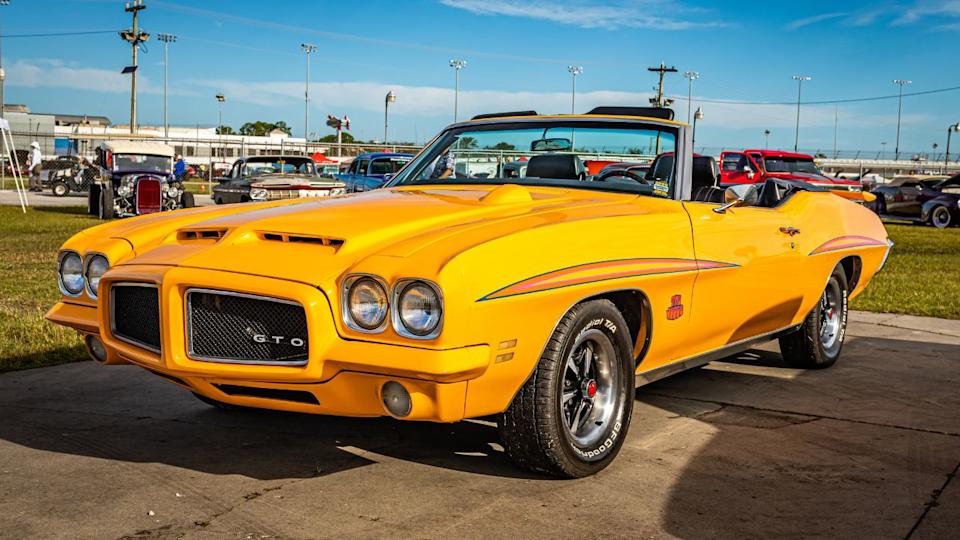
The 1969 Pontiac GTO Judge convertible exploded onto the scene in a blur of color, noise, and unapologetic attitude. With muscular lines and eye-searing "Carousel Red" graphics, it looked more like rolling performance art than conventional muscle. Drop the top, and it became pure theater ,a bold, mobile stage for anyone brave enough to take the spotlight.
Only 108 Judge convertibles were built in 1969, making it one of the rarest muscle cars of its kind. Inside, the cockpit was all business, hugging the driver with purpose and flair. Every drive felt like an event. Every stoplight, a show. The Judge brought spectacle wherever it went loud, proud, and absolutely unforgettable.
Chevrolet Bel Air
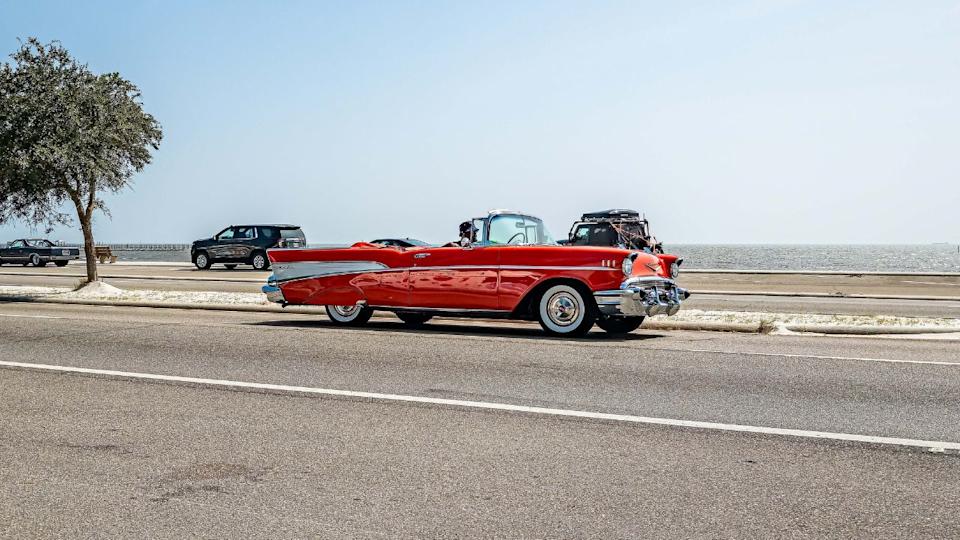
The 1957 Chevrolet Bel Air convertible offered an elegance that never tried too hard, because it didn't have to. Its iconic rear fins, inspired by jet aircraft, reached optimistically toward the horizon, while the abundant chrome trim shimmered with the pure joy of postwar American prosperity. With the power roof tucked away, it felt as if the entire sky had been invited to join the ride, turning mundane routes into grand parades. The interior, often a symphony of contrasting colors and thoughtful details, was pure '50s exuberance.
Passengers felt like cherished guests rather than mere cargo, and even a slow drive down main street became a full-blown celebration. Power came from Chevy's groundbreaking small-block V8, including the 283 cubic-inch "Fuelie" with 283 hp, ensuring it had the go to match its show. The '57 Bel Air convertible became a rolling time capsule, capturing imagination and carrying the undeniable spirit of American dreams in every line and shimmering detail. It was grace in motion, pure and unadulterated.
Oldsmobile Cutlass Supreme
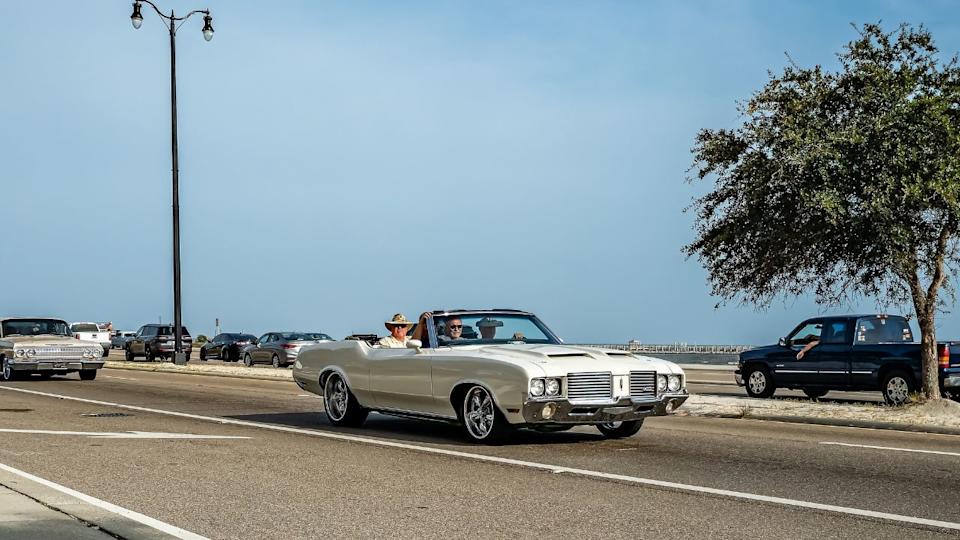
The 1970 Oldsmobile Cutlass Supreme convertible carried itself with a polished, understated confidence, becoming one of the most popular trims in the Cutlass family. It offered smooth, flowing lines, potent engine options, and a distinct sense of everyday luxury that practically begged for long, unhurried drives. The convertible top dropped with the serene ease of a summer breeze, revealing a cabin designed for comfortable conversation and refined cruising. This wasn't a car that screamed for attention with wild graphics; instead, heads turned in quiet appreciation of its balanced design and performance.
Under the hood, a responsive 455 cubic-inch V8, especially in the 442 W-30 spec (370 hp, 500 lb-ft), added just the right amount of muscular grunt without resorting to uncivilized behavior. Whether gliding through town or stretching its legs across state lines, it felt effortlessly complete, soaking up miles with composed dignity. The Cutlass Supreme convertible invited calm, delivered refined power, and exuded an effortless coolness mile after mile. It was the choice for those who knew they had power, but didn't need to broadcast it with every downshift.
Buick GS Stage 1
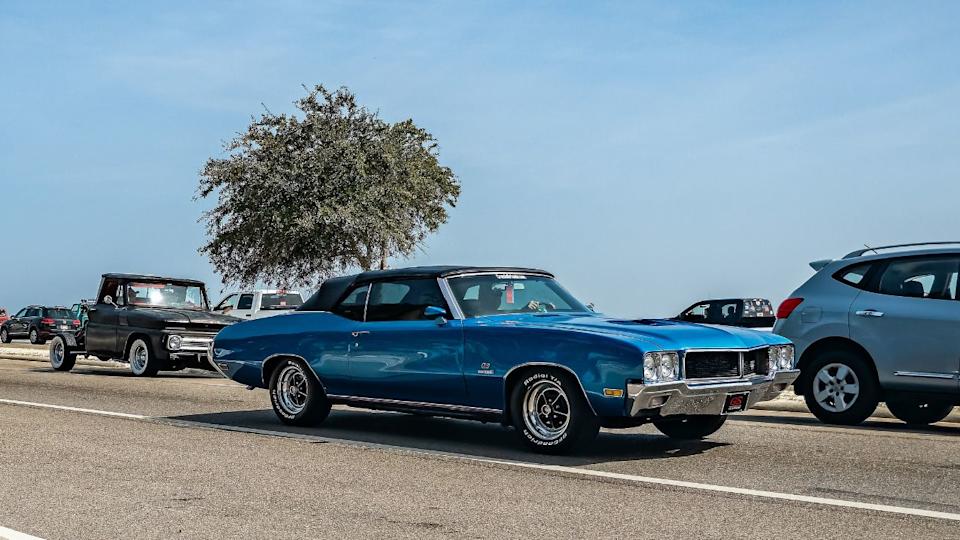
The 1970 Buick GS Stage 1 convertible delivered brute force cloaked in undeniable sophistication. This wasn't your average street brawler; this was a refined weapon. It came equipped with Buick's monstrous 455 cubic-inch big-block V8, particularly the Stage 1 variant, officially rated at 360 hp but widely known to produce closer to 400 hp and an earth-shaking 510 lb-ft of torque. This engine pulled with relentless authority and seemed to possess an endless well of power.
The styling felt muscular but composed, avoiding the overt aggressiveness of some rivals, while the interior added a layer of luxury and comfort that genuinely elevated the driving experience. With the top down, that formidable V8 exhaled power into the breeze like a symphony in motion. It became a firm favorite among those who valued comfort and a sense of effortless, overwhelming power just as much as raw acceleration. The GS Stage 1 rewarded open roads with effortless grace, leaving an unforgettable impression on anyone in its rearview mirror.
Mercury Cougar XR-7
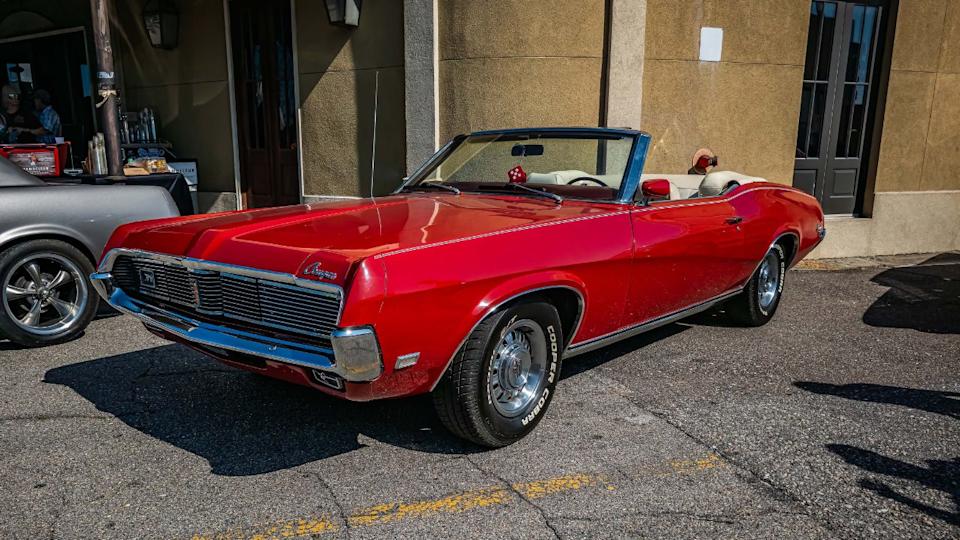
The 1969 Mercury Cougar XR-7 convertible masterfully blended pony car muscle with European-inspired refinement in one commanding package. While sharing its platform with the Mustang, the Cougar aimed for a more mature, sophisticated buyer. With its distinctive hidden headlights (dubbed "electric shaver" grille by some) and beautifully sculpted proportions, it moved with a quiet strength and feline grace.
Inside, the XR-7 trim boasted luxurious touches like wood-grain accents, full instrumentation, and comfortable, supportive seating, giving it the feel of a rolling lounge rather than a stripped-down racer. The standard 351 cubic-inch Windsor V8 (up to 290 hp) responded with smooth enthusiasm, and the suspension handled the road with relaxed precision, making it an excellent grand tourer. The convertible roof opened the experience to sunlight and skyline, transforming the Cougar into a soulful cruiser. Every detail felt measured, from the subtle chrome to the stitched interior, earning the Cougar XR-7 respect through its elegant presence, not just its noise.
Plymouth Sport Fury

The 1968 Plymouth Sport Fury convertible delivered a big-bodied cruising experience that practically demanded long journeys and leisurely afternoons. Its expansive hood, clean lines, and elegant chrome trim gave it undeniable stature, while a range of Mopar V8 engines (from the 318 cubic-inch to the 440 cubic-inch with 375 hp) provided easygoing, confident strength. With the power top tucked away, the interior opened up like a rolling patio, generously welcoming friends, family, and a tidal wave of fresh air.
The plush seating encouraged relaxed conversation, and the ride soaked up road imperfections with smooth, unflappable confidence. This wasn't a car for drag races; it belonged on scenic coastal roads, in drive-in movie lots, and leading parade routes, not because of flashy aggression, but because of its sheer, unpretentious dignity. The Sport Fury was made for movement, but also for those cherished moments in between. It was comfort with character, a true American land yacht designed for soaking up miles and memories.
Dodge Coronet R/T
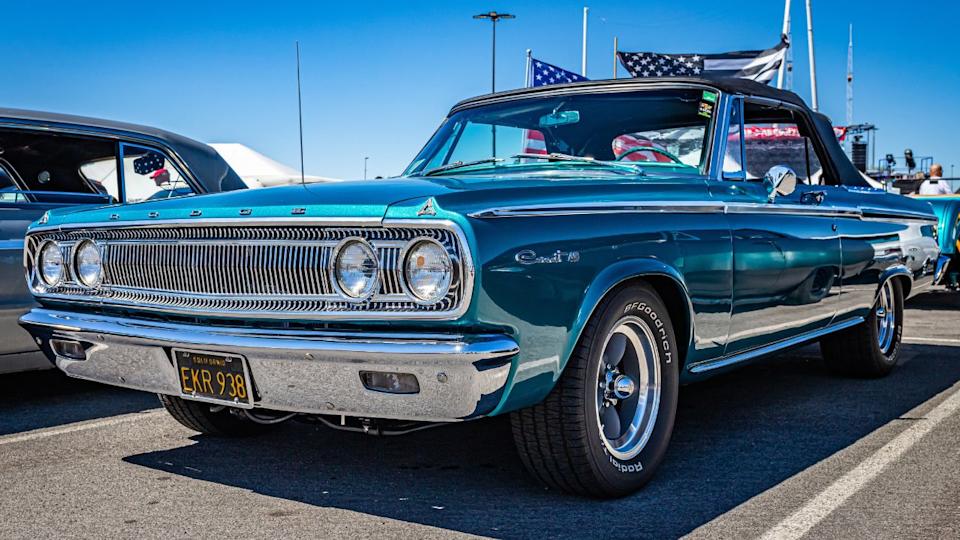
The 1968 Dodge Coronet R/T convertible arrived with an undeniable air of muscle and clear intention. Its styling was honest, assertive, and purposeful, with just enough aggressive flair to hint at the substantial power lurking within. The convertible version added a sense of lightness and freedom to the raw strength, turning a pure performance machine into something more playfully exhilarating. That potent 440 cubic-inch Magnum V8 (375 hp), or the legendary 426 HEMI (425 hp), filled the air with an exhaust note that was pure anticipation. Every green light became a quiet, personal invitation to move with authority.
Inside, the Coronet R/T offered function first, with a no-nonsense layout and just enough stylistic flair to match the era's muscle car ethos. It brought unadulterated muscle to the open sky without excess frills. The Coronet R/T convertible gave you serious performance with room to breathe, a true driver's car that understood the appeal of wind-in-your-hair acceleration. Only 318 Coronet R/T convertibles with the 440 were built in '68, making them quite rare.
Lincoln Continental
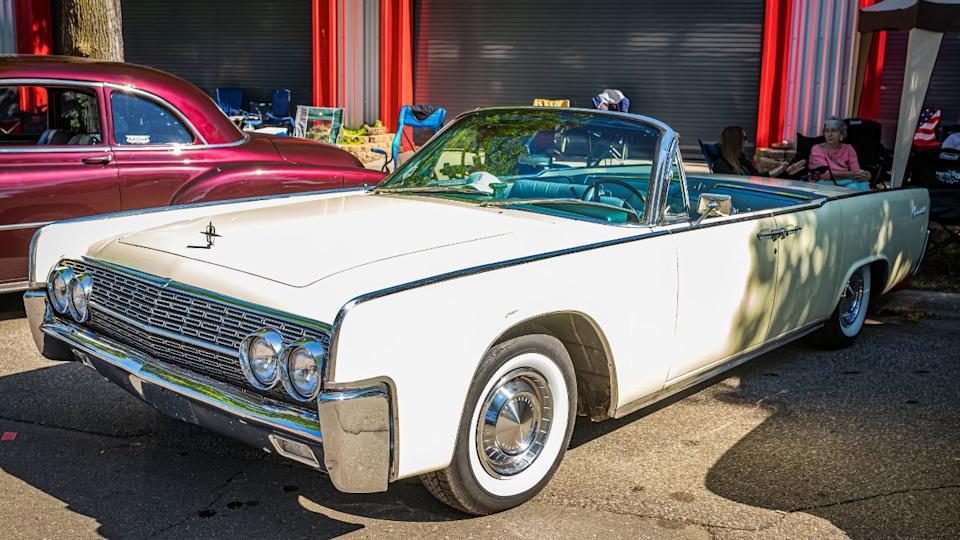
The 1961 Lincoln Continental convertible offered an elegance imbued with undeniable gravity. It moved like a private yacht cutting through city traffic, never hurried, always utterly sure of itself. The car's defining feature, its signature rear-hinged "suicide doors," invited a kind of entrance or exit usually reserved for royalty or Hollywood legends. With the power top gracefully folded down, it transformed ordinary city streets into grand boulevards.
The cabin was a testament to understated luxury, trimmed in rich textures and soft materials that seemed to soften the world outside its expansive windows. Every mile felt carefully measured, a testament to Lincoln's commitment to quiet refinement. This car did not chase competition or attempt to out-muscle its rivals. Instead, it carried itself with an inherent purpose and redefined what it meant to move with presence and undeniable class. It was the epitome of refined American luxury, for those who truly understood that quiet confidence speaks louder than any exhaust note.
Cadillac Eldorado
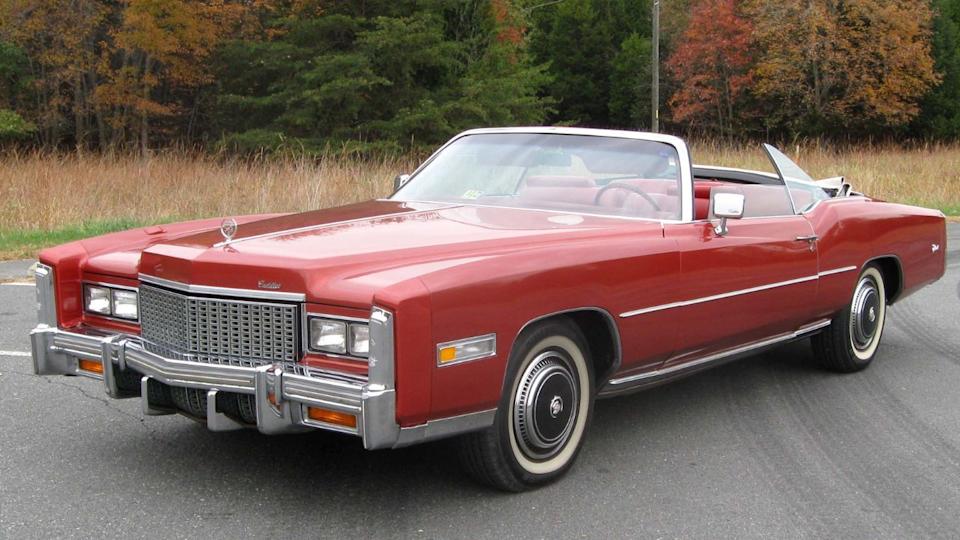
The 1976 Cadillac Eldorado convertible did more than roll — it glided, floated, and wafted with an imposing, yet soft, confidence. This was the era of the gargantuan luxury cruiser, and the Eldorado was king of the road, stretching out at an impressive 224.1 inches long. It was unique for its front-wheel-drive layout (a rarity for a car of its size and power at the time), while a massive 500 cubic-inch V8 engine (detuned to 190 hp by '76, but still offering prodigious torque) kept it grounded in effortless capability.
Inside, it wrapped passengers in a cocoon of silence and plush softness, from the deeply padded dash to the velour-like seats. This was the absolute height of American personal luxury, unapologetically grand and ostentatious. The Eldorado didn't follow trends because, in its own glorious way, it set them. The 1976 model year was initially touted as the "last American convertible" by Cadillac due to impending rollover safety regulations (which never materialized), making its 14,000 convertible units particularly sought after at the time. It's a colossal piece of American automotive history that embraced excess with open arms and an open top.
Pontiac Catalina

The 1964 Pontiac Catalina convertible brought genuine style to the streets with an effortless grace that made every drive feel like a celebration. Its long, clean silhouette moved with relaxed strength, and the power convertible top opened the cabin to unfiltered sunlight and a rhythmic V8 thrum. The ride was famously soft and compliant, the engine steady (ranging from a 389 cubic-inch V8 at 230 hp to a 421 cubic-inch Super Duty making 405 hp), and the overall experience utterly effortless from the first turn of the key.
Inside, chrome accents and generous seating created a spacious environment that welcomed conversation and comfort for an entire crew. This was the car that carried families, first dates, and friendships across seasons and state lines. The Catalina didn't need extremes or outlandish features to make a lasting impression; it thrived on understated elegance and familiar reliability. Every journey in it felt like a memory unfolding in real time, a testament to Pontiac's ability to blend everyday usability with genuine flair.
Plymouth Satellite
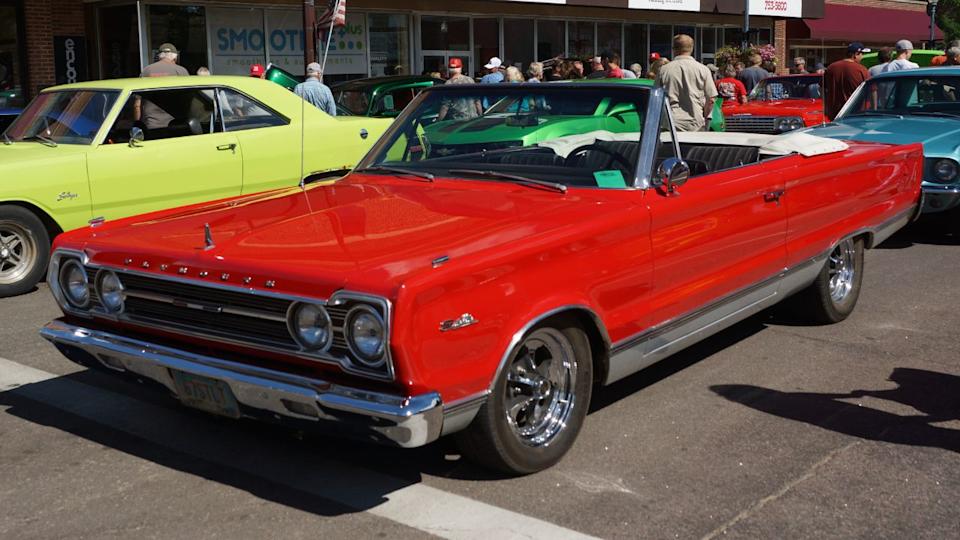
The 1967 Plymouth Satellite convertible brought together strength and clarity in a design that felt both focused and inherently free. Its profile was clean, confident, and purposeful, with just enough sculpted detail to suggest motion even at a standstill. When that power top lowered, the sky became an integral part of the driving experience, stretching above a cabin built for relaxed command. A range of robust V8 engines, including the 318 cubic-inch (230 hp) and the potent 383 cubic-inch (325 hp), ensured the Satellite responded with smooth urgency – never rushed, but always ready to perform.
Inside, the straightforward layout encouraged long drives and unhurried thoughts, with every control logically placed. It felt grounded and solid without ever feeling heavy or cumbersome. The Satellite carried a quiet confidence that made every road feel open-ended, an invitation to explore. It moved with undeniable purpose and left behind a trail of memories that traveled exceptionally well, solidifying its place as a classic American cruiser.
Where the Wind Still Remembers
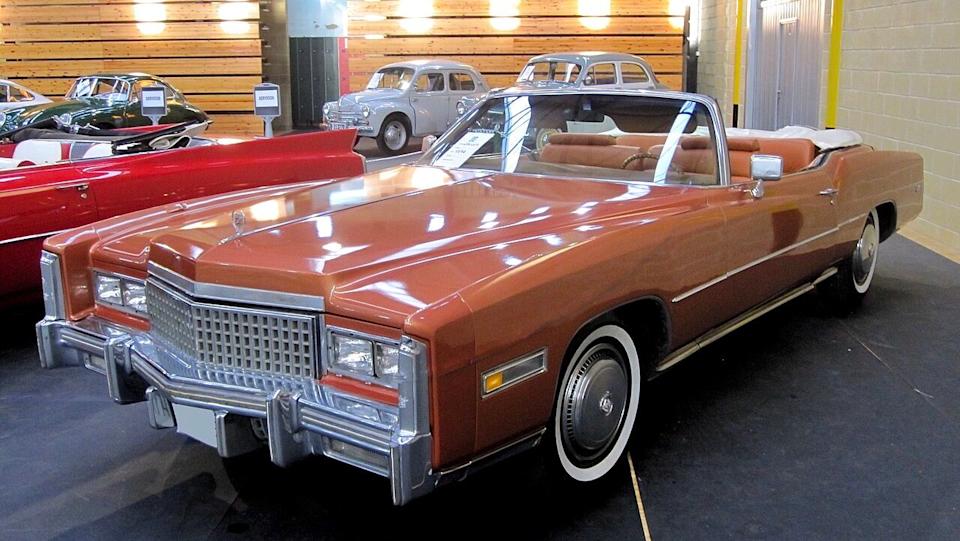
Whether you’re team fixed roof or live for the feeling of a drop-top, there’s no denying that classic convertibles drip cool. They’re bold, they’re stylish, and they turn every drive into something worth remembering.
If we missed your favorite open-air legend, drop it in the comments and tell us where you’d take it for a cruise. Beachside boulevard? Mountain backroad? Friday night downtown? We’re all ears.
Like our content? Follow us for more. Read More Now:
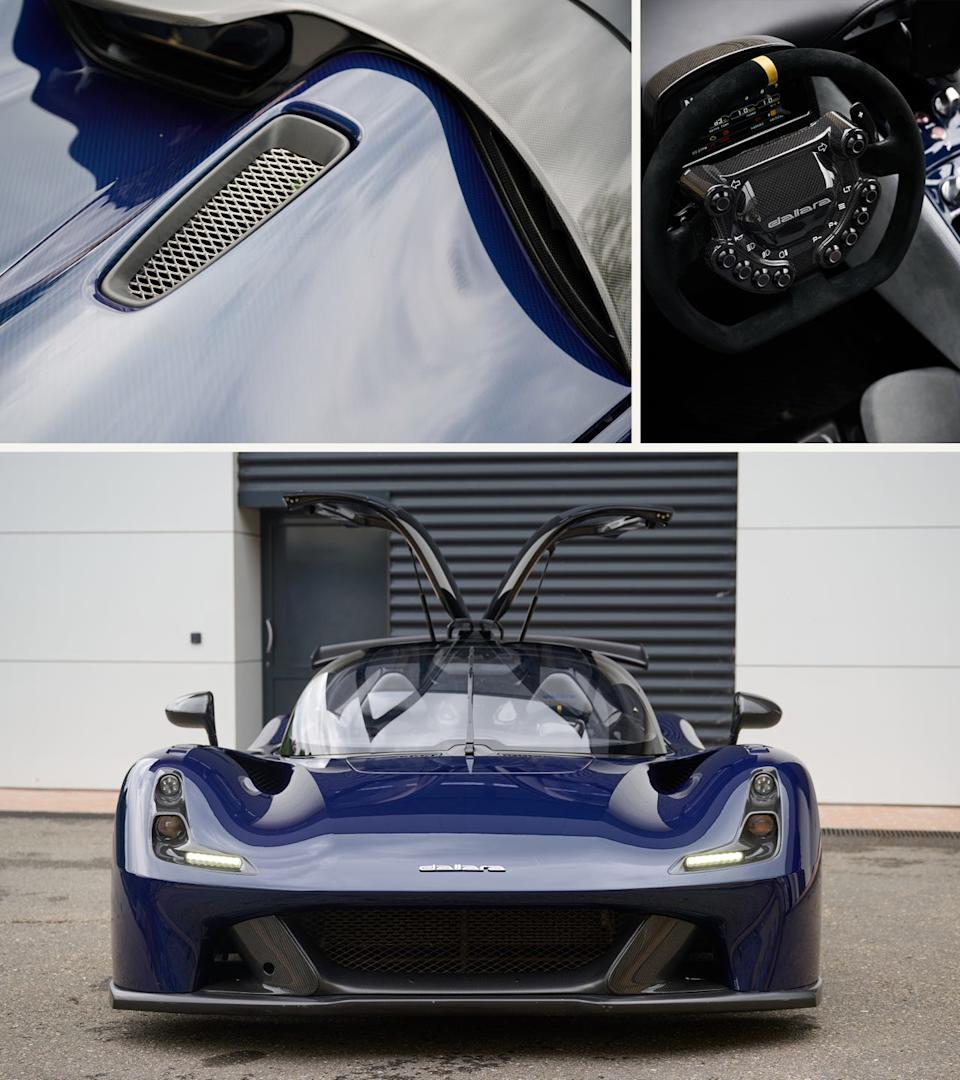
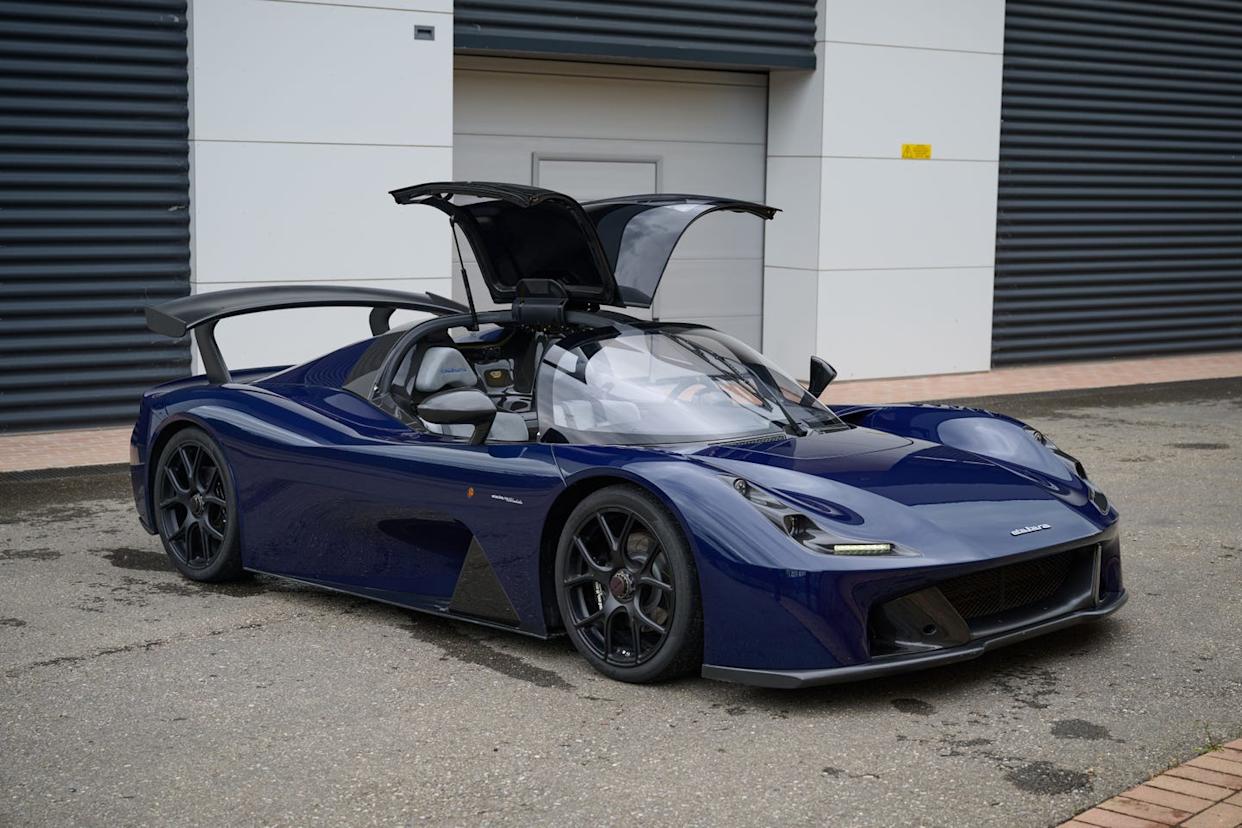

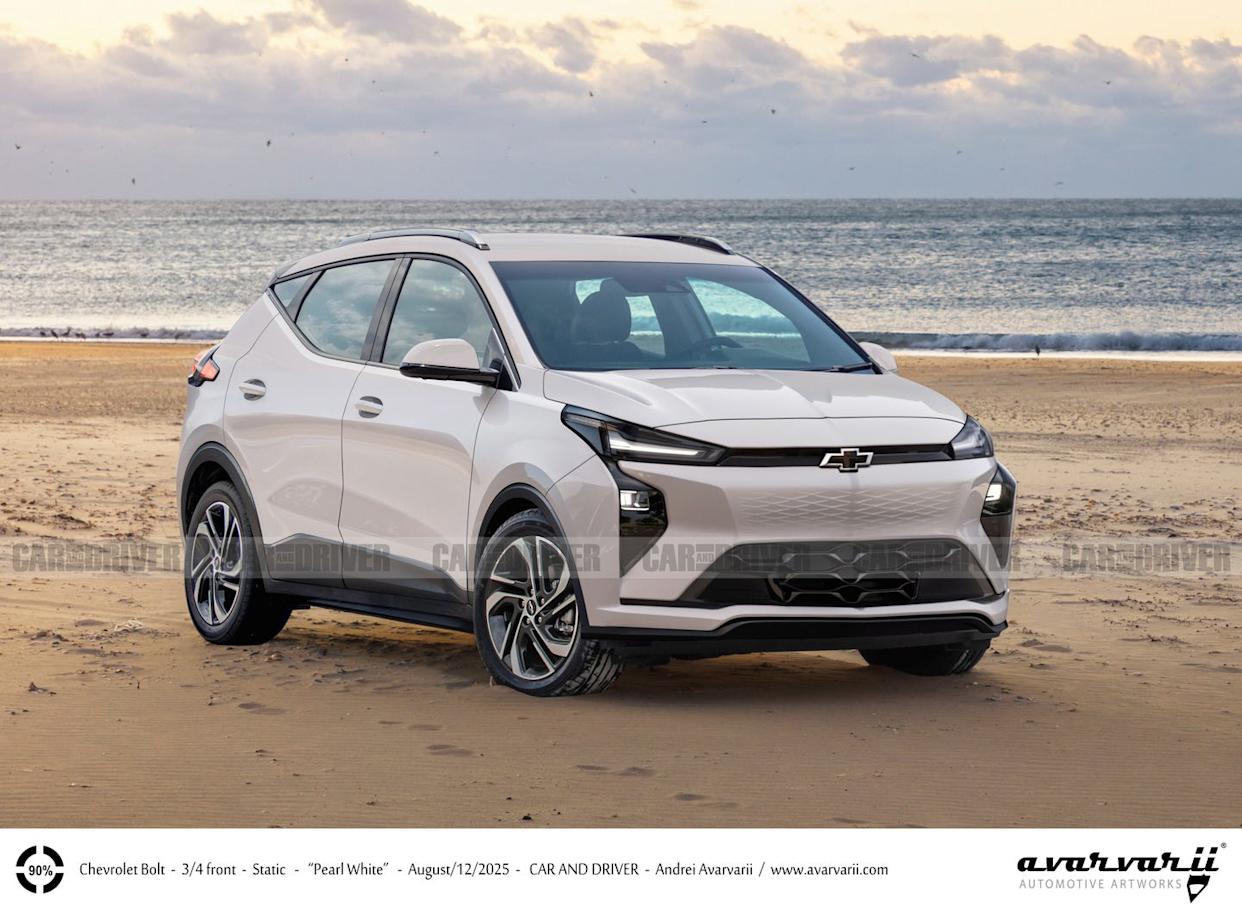
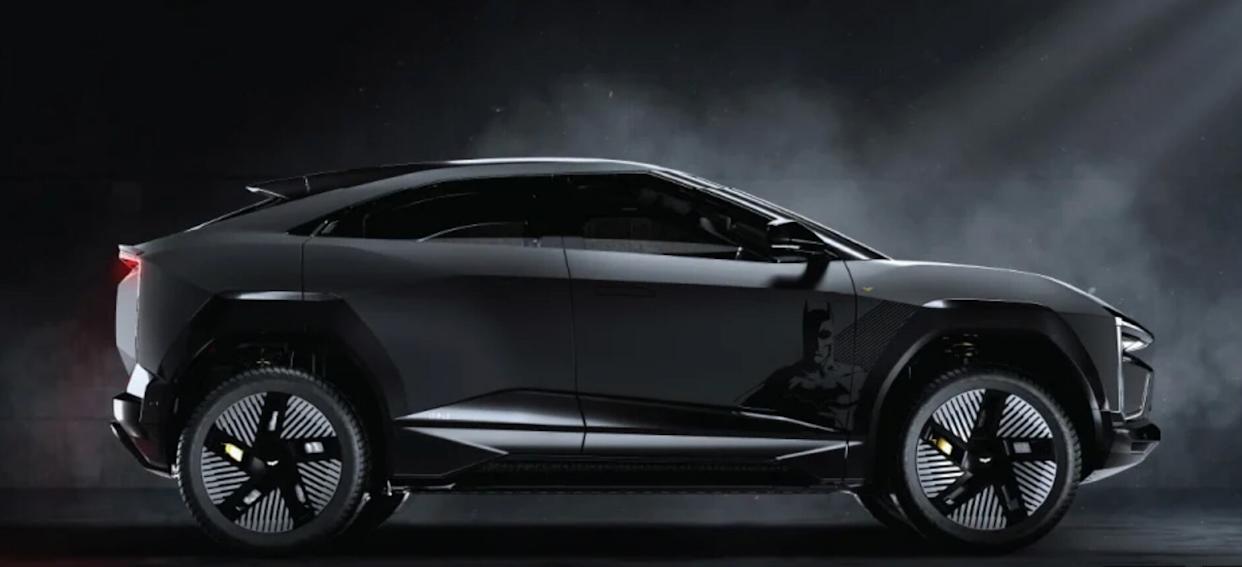
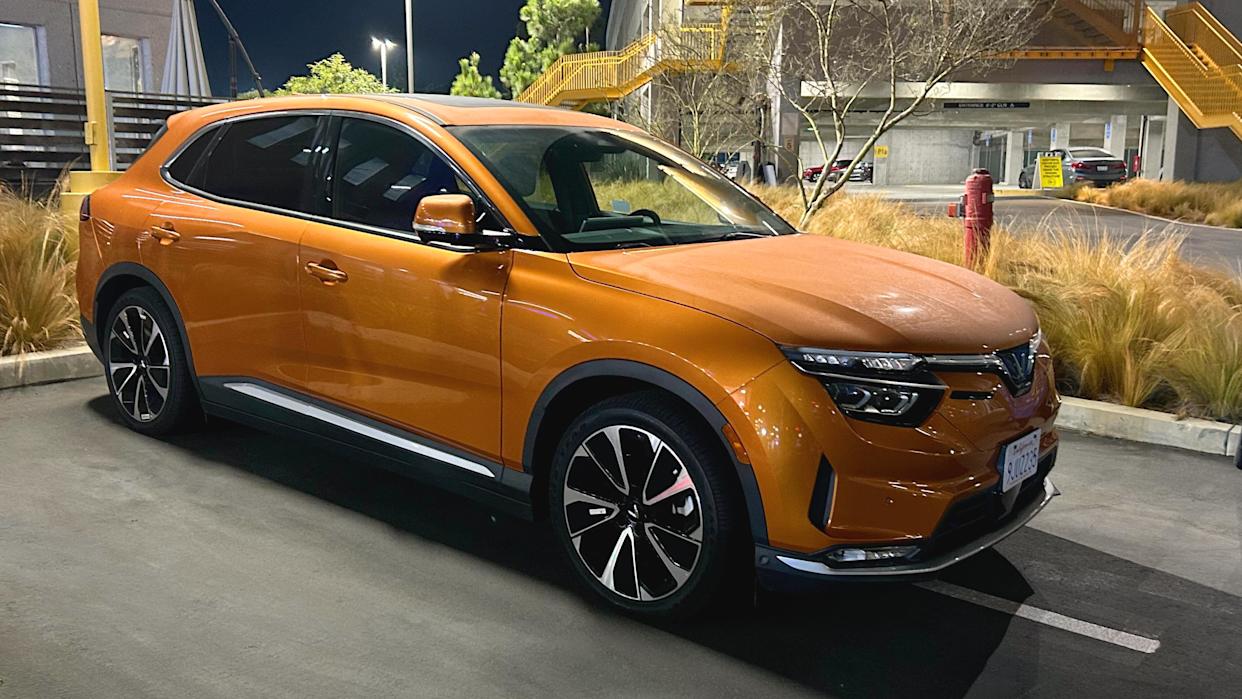
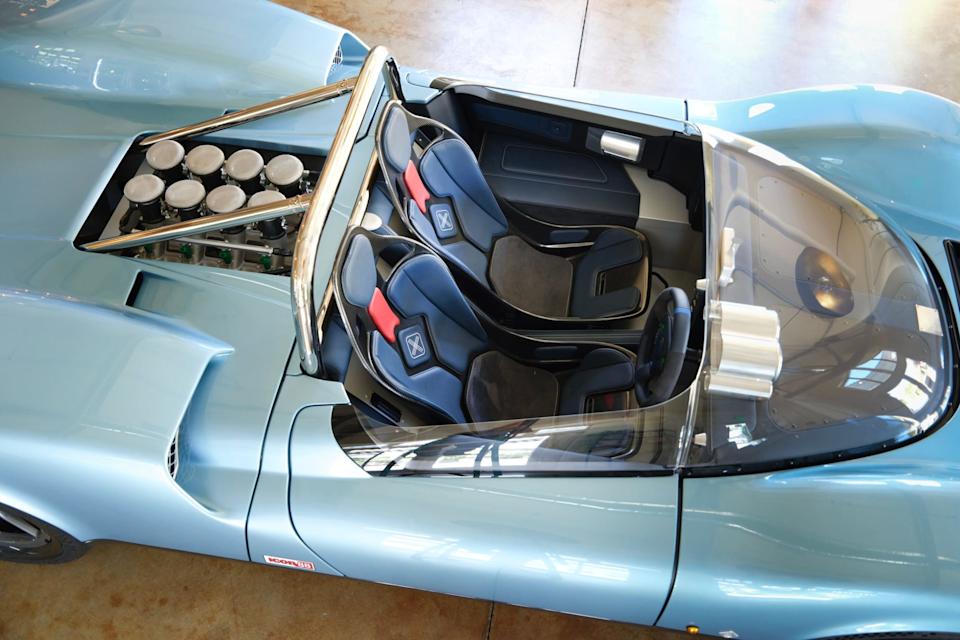
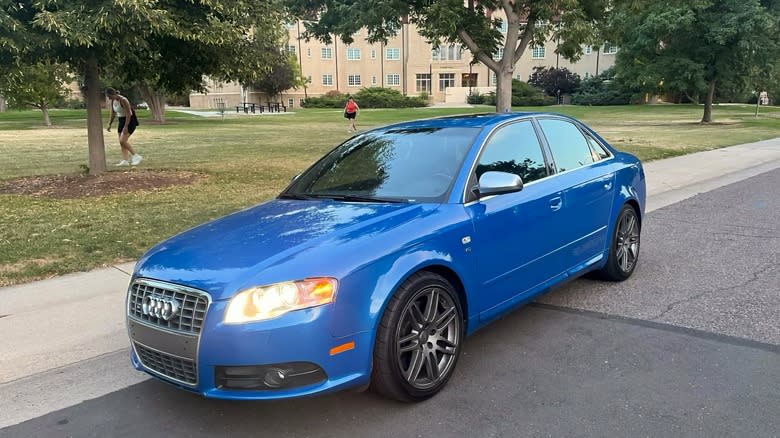
Comments